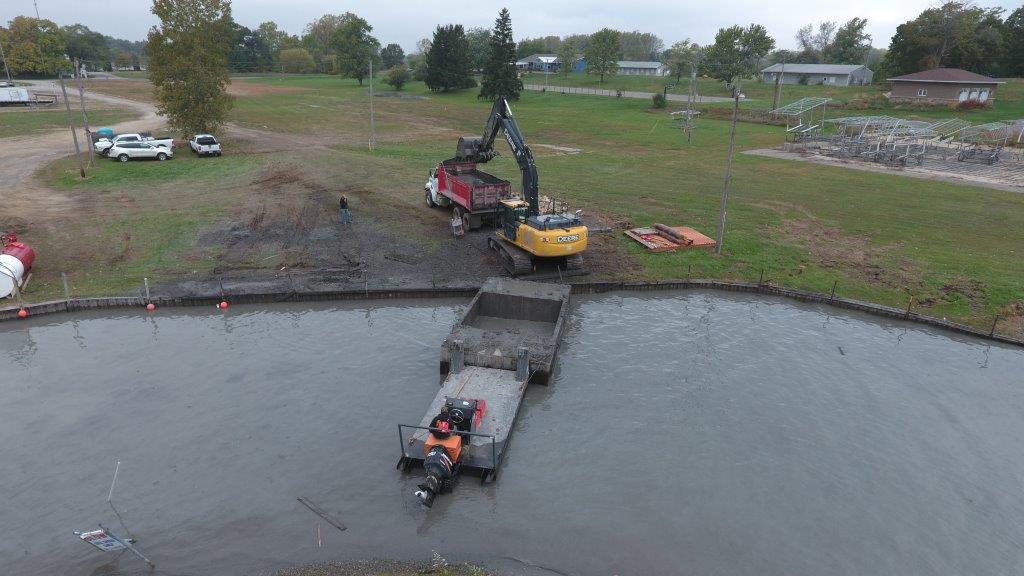


A similar response of non-target macrofauna in the reference boxes suggests, possibly, a coincident natural recruitment pulse. The mobile brittlestar, Ophiura sarsi, displayed increases in abundance ranging from 200% to 300% in the dredged and reference boxes over the 2-year post-dredging. It is concluded that the disturbed community was still in the colonizing phase 2 years after dredging. taxonomic relatedness between species had increased) due, in part, to increased numbers of species of certain polychaetes and amphipods, while communities had become numerically dominated (50–70%) by S. Two years after dredging, average taxonomic distinctness had decreased (i.e. Two years after dredging, abundances of opportunistic species were generally elevated by ≫100% relative to pre-dredging levels. Following initial declines in abundance and biomass of most taxa immediately after dredging, there were marked increases in abundance of polychaetes and amphipods after 1 year. Recovery trajectories of target and non-target species were followed for 2 years. There were few signs of discards on the sediment surface. Large numbers of propellerclams were excavated to the seabed surface, with a large proportion showing massive damage. Immediately after dredging, most macrofaunal species decreased in abundance, with the greatest declines inside dredge furrows (which covered 53–68% of the area inside the dredged boxes). The dredges captured 33 invertebrate and two fish taxa, although >80% of the catch biomass comprised propellerclams and echinoderms. siliqua, and the echinoderm, Echinarachnius parma, while the polychaete, Spiophanes bombyx, was the numerical dominant. Sample biomass was dominated by the propellerclam, C. Of these, four bivalves are targeted in the commercial fishery ( Arctica islandica, Cyrtodaria siliqua, Mactromeris polynyma, and Serripes groenlandicus) while 266 taxa were non-target species. In all, 270 taxa were identified from grab samples. The experiment was designed to study the separate and combined effects of dredging through three treatment boxes (Dredging Only, Dredging and Discarding, Discarding Only) and two spatially separated reference boxes. A hydraulic clam dredging experiment, designed to mimic offshore commercial dredging practices, was carried out at a depth of approximately 70 m on a sandy seabed on Banquereau, on the Scotian Shelf, eastern Canada.


 0 kommentar(er)
0 kommentar(er)
